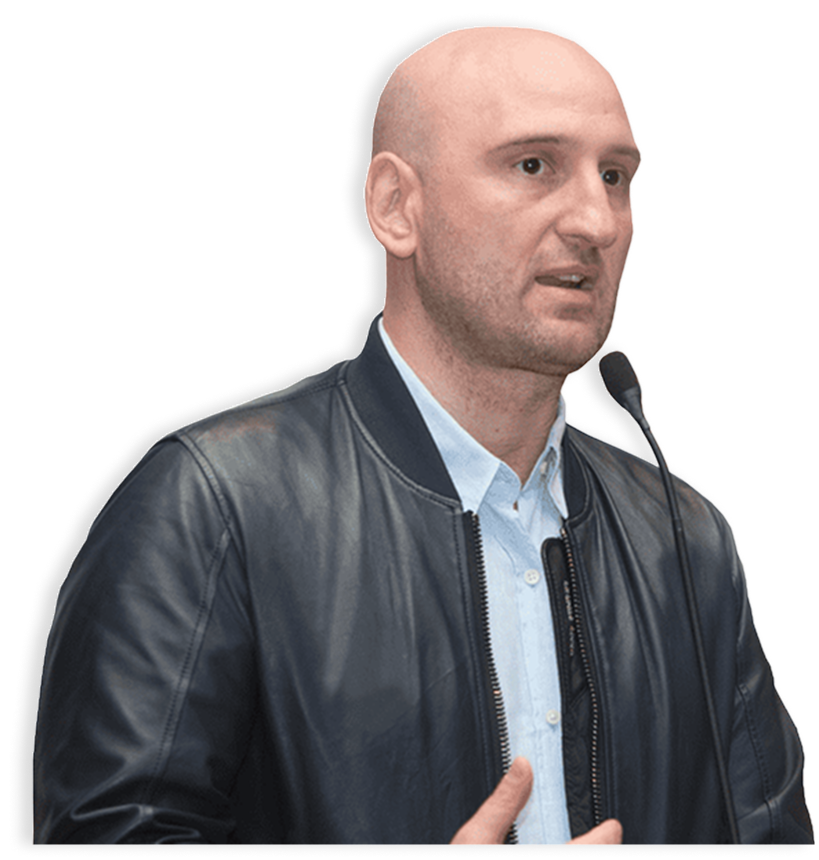What to Expect
July 24, 2015
Our initial examination procedure takes typically one hour but we recommend arriving 15 minutes early to fill out our forms. After carefully reviewing your questionnaire we discuss your health history and evaluate available radiographic or neurological diagnostic impressions. During the physical examination we thoroughly examine your locomotor system from both functional and structural perspectives.
Based on the results of your evaluation we set up an individual treatment program which consists of a combination of manual therapy and exercises. The therapy will be tailored to your specific condition.
We divide our therapy programs into two main phases:
- Acute care which mainly consists of manual techniques application but may involve introdution of physiotherapeutic modalities like ultrasound, electrical muscle stimulation, radial shock-wave therapy and other reflex methods of pain relief. Should these methods prove inefficient you will be examined by a pain management doctor to assess the possibility of more invasive diagnostic or treatment procedures.
- Sub-acute and chronic care. In this phase we always address all important coexisting deficiencies which contribute to lingering pain. These are:
- Mechanical – soft and muscular tissues, articular (joint-related)
- Sensory-motor – motor control , neural tension Emotional factors
Your regular session visit should take at least an hour, in the course of which you would see a manual medicine practitioner (chiropractor or an osteopath) and a physical therapist or a personal trainer.
The dress code should be appropriate for close physical contact work that we do. The attire should allow access to the areas of therapeutic emphasis such as abdomen and rib cage. It also must be suitable for exercise sessions. For men a t-shirts and shorts would be sufficient while for women we recommend shorts and sports bras.





























